In Vietnam, the rapid urbanization process in the past few decades has led to a large migration from rural to urban areas. Young people leave their villages to seek job opportunities in big cities such as Hanoi and Ho Chi Minh City, leaving behind rural areas with aging populations.
According to the General Statistics Office, the urbanization rate will reach 44% by 2024, a significant increase from about 17% in 1990.
As a result, many fields were abandoned, especially in the Mekong Delta and Central provinces, where agricultural land was once the main source of livelihood.
Recent policies to encourage private economic development, including increasing access to resources such as land and capital for private enterprises, can contribute to helping large and small enterprises develop the economy not only in big cities, but also in localities and rural areas, from industry, services to tourism and agriculture.
Resolution 68 aims to remove administrative barriers and unleash the potential of the private sector, in all sectors. This trend has been seen in China.
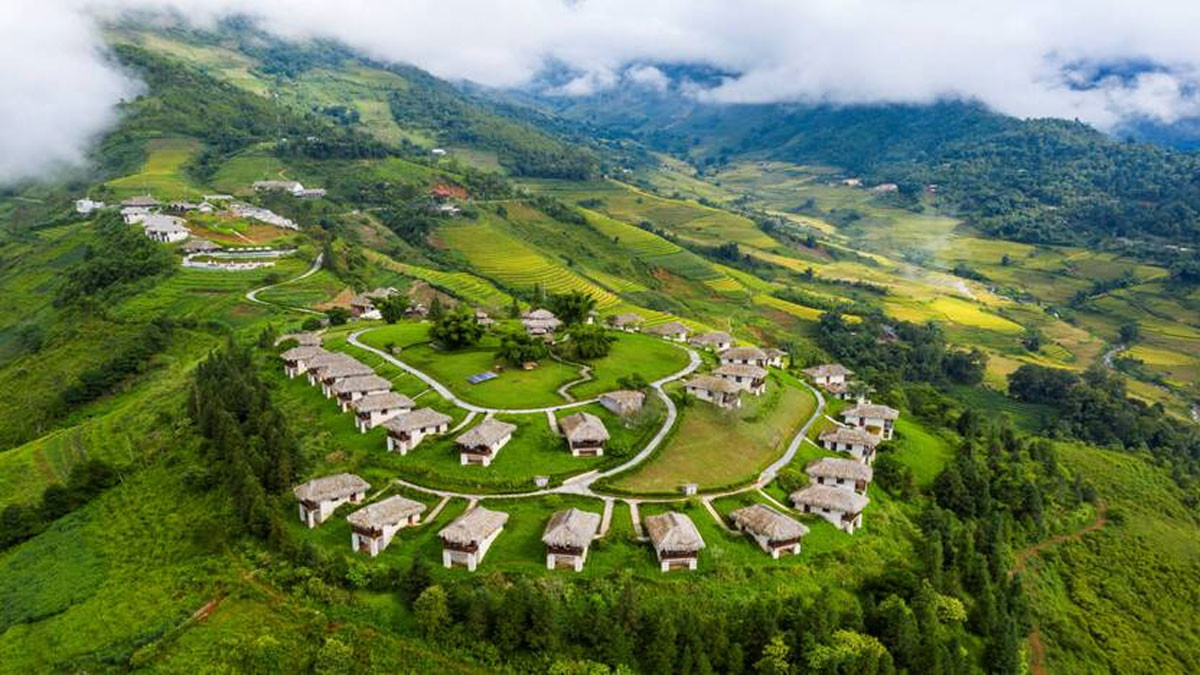
China: Turning abandoned land into rural 'treasure'
Over the past few decades, China has witnessed a “dizzying” urbanization rate. According to the South China Morning Post , by 2023, more than 65% of China’s population will live in urban areas – a sharp increase from less than 20% in 1980. Young people from rural areas flock to the cities. As a result, many agricultural areas are abandoned, no longer cultivated or used effectively.
However, since 2018, the Chinese government has launched the “Rural Revitalization” strategy, commonly known as “new rural development”. Under this policy, China aims to “comprehensively modernize rural areas” by 2035 and complete “a strong agricultural sector and comprehensive prosperity for farmers” by 2050.
Of course, the Chinese government also strictly maintains a minimum agricultural land area of 1.8 billion mu (about 120 million hectares), called the “red line of arable land area” to ensure that it is not arbitrarily converted to non-agricultural purposes.
China has implemented many policies of “rural consolidation”, encouraging people to contribute land to cooperatives and enterprises to reorganize production on a large scale and with higher efficiency. According to Xinhua , this policy encourages the transition from small-scale agriculture to an industrialization and modernization model, accompanied by investment in technology, machinery and market linkages.
In particular, large technology corporations such as Alibaba, JD, Tencent... have jumped into the agricultural sector. Alibaba established a subsidiary company "Alibaba Digital Agriculture" to deploy a platform for distributing agricultural products through e-commerce and supply chains. In Sichuan province, Alibaba invested in building an "agricultural data center" to help farmers sell products through the Taobao platform.
In addition to production, agricultural land is being converted into renewable energy development areas such as solar power, wind power or into rural tourism areas. People contribute land and abandoned houses to large enterprises so that these corporations can renovate, develop projects and share profits according to agreed ratios.
As a result, many rural Chinese households have gradually become rich not only because of rising land prices but also because they know how to "contribute land to do business".
Opportunity for Vietnamese farmers to break through
In Vietnam, the rural picture is showing many similarities. The urbanization process has caused young people in small provinces to flock to big cities to study and work. In many villages, most of them are only old people and children. In many places, garden land and rice fields are abandoned or used ineffectively.
Statistics show that the whole country has about 12 million hectares of cultivated land.
Over the past years, the Government has increased agricultural land tax exemptions, loosened agricultural land purchase and sale policies... to encourage land concentration for large-scale production, and shifted the agricultural and rural economic structure towards modernization.
Recently, rural Vietnam has been developing quite strongly again, not only thanks to better infrastructure, increased land prices, people investing in larger-scale production, but also many other services such as tourism development.
Similar to China, the biggest opportunity for Vietnamese farmers may lie in knowing how to take advantage of rural land to cooperate or develop new economic models themselves. The formation of large agricultural models can apply high technology to increase productivity and quality.
Many large corporations such as Vinamilk, TH True Milk, or startups such as GreenPath, Orlar... have initially implemented a model of linking farmers according to the value chain - supplying inputs and consuming outputs.
Vietnam has many rural areas with beautiful natural landscapes, fresh climate, and great potential for developing eco-tourism. Many homestays and farmstays have sprung up from people contributing land and houses, then companies renovate and share profits. The community tourism village model in Mai Chau, Pu Luong, Ninh Binh or projects in Moc Chau, Ha Giang... are clear evidence.
In the energy sector, solar power fields in Ninh Thuan and Binh Thuan also started with land acquisition from local people, then corporations invested in infrastructure and operations.
Vietnamese farmers, with the advantage of land and the trend of many young people and large corporations returning to the countryside, can completely enter a "new era of prosperity".
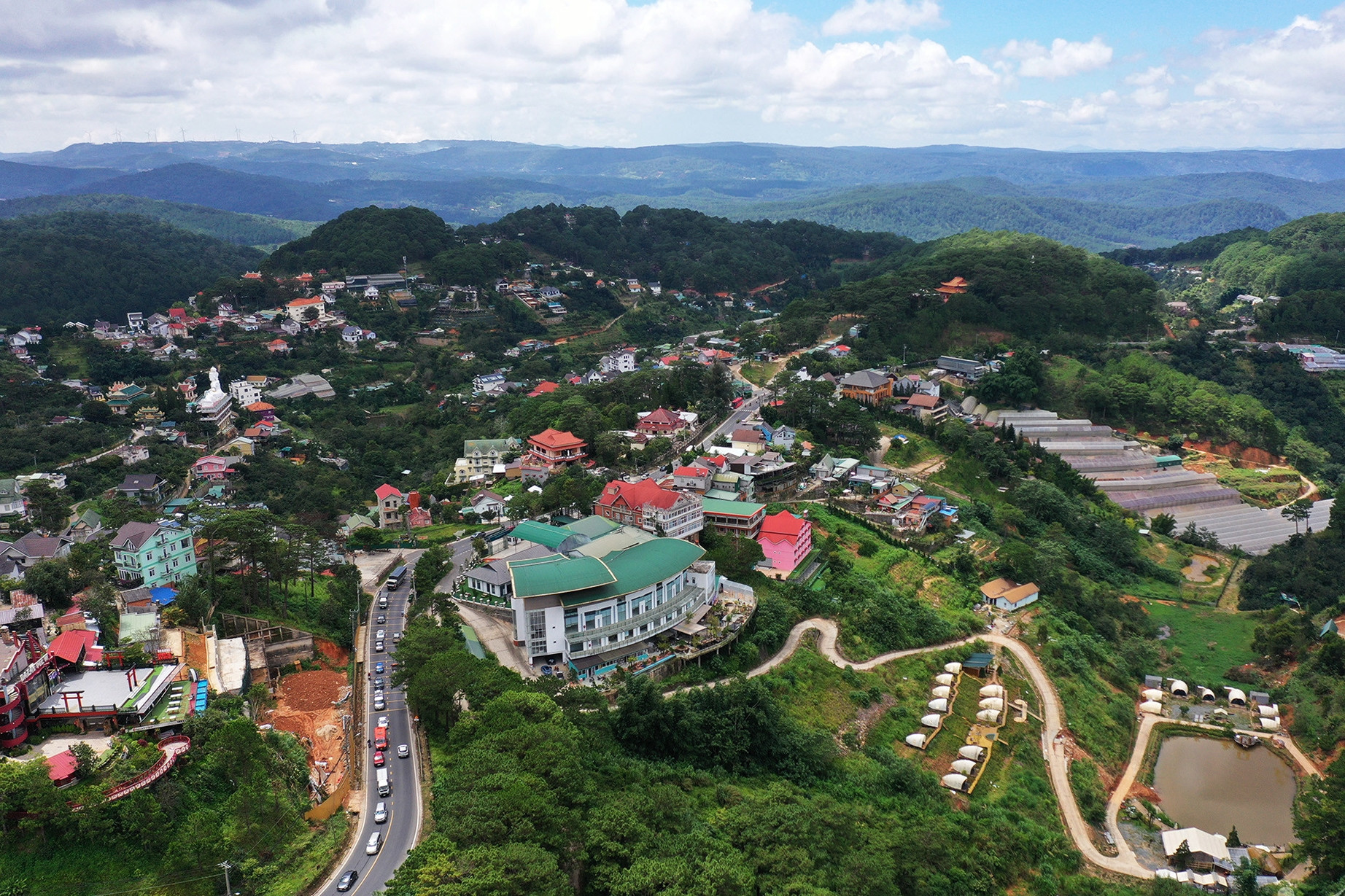
Source: https://vietnamnet.vn/so-huu-tai-nguyen-dac-biet-nong-dan-co-co-hoi-giau-but-pha-2404209.html


![[Photo] Journalists moved to tears at the Memorial Service for the soldiers who died in Gac Ma](https://vphoto.vietnam.vn/thumb/1200x675/vietnam/resource/IMAGE/2025/5/30/9454613a55c54c16bf8c0efa51883456)

![[Photo] National Conference "100 years of Vietnamese Revolutionary Press accompanying the glorious cause of the Party and the nation"](https://vphoto.vietnam.vn/thumb/1200x675/vietnam/resource/IMAGE/2025/5/30/1cf6cd5c8a934ebfa347028dcb08358c)
![[Photo] General Secretary To Lam receives Chief of the Central Office of the Lao People's Revolutionary Party](https://vphoto.vietnam.vn/thumb/1200x675/vietnam/resource/IMAGE/2025/5/30/140435f4b39d4599a3d17975dfb444c5)
![[Photo] A delegation of 100 journalists from the Vietnam Journalists Association visits the soldiers and people of Truong Sa island district.](https://vphoto.vietnam.vn/thumb/1200x675/vietnam/resource/IMAGE/2025/5/30/0984a986227d4e988177f560d2e1563e)

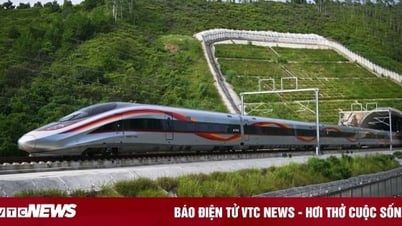

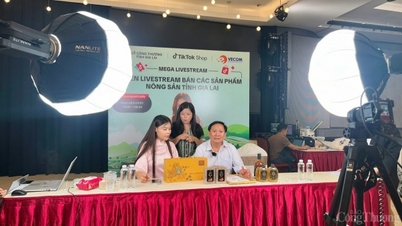



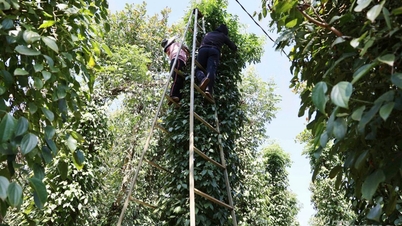





















































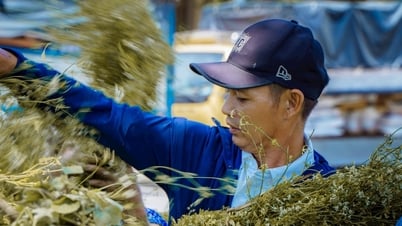
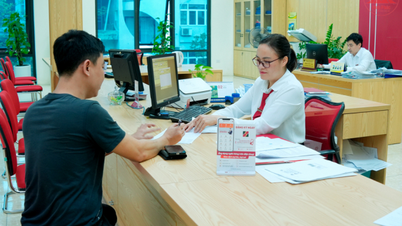

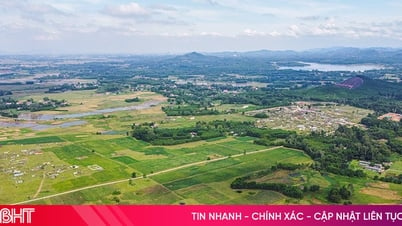



















Comment (0)